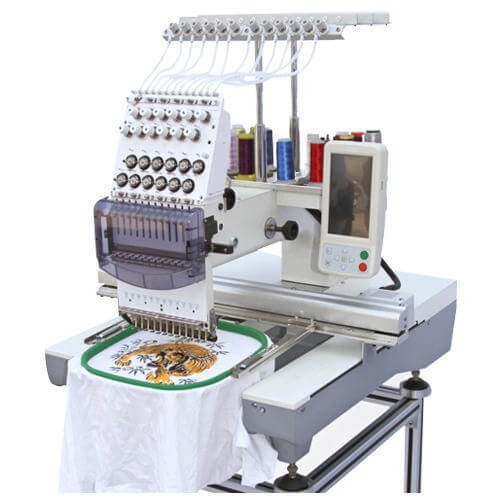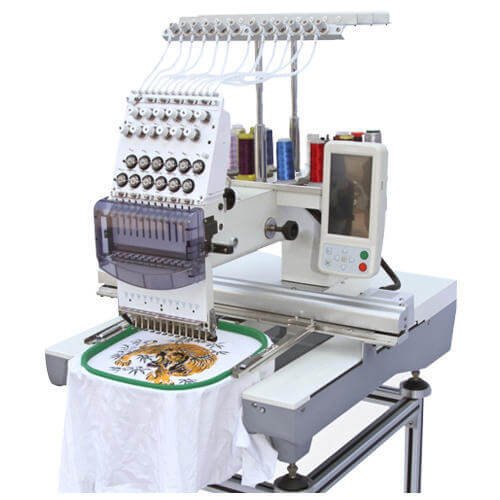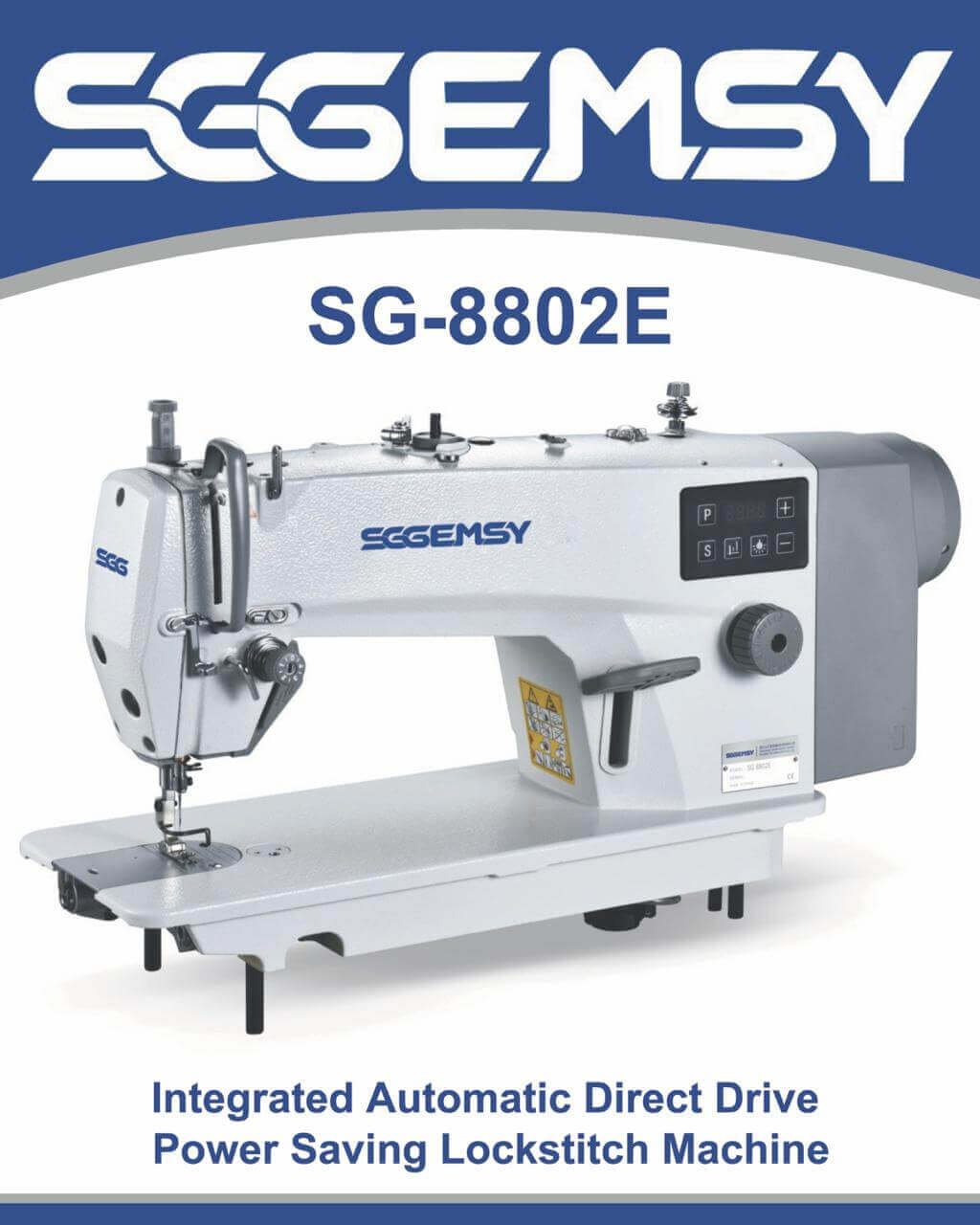Sewing Machine Showroom in Velachery - VS Sewing Machine
The sewing machine has its roots back in Europe's first Industrial Revolution,
which began in the late 18th century. People started trying to find new
ways to improve upon old tasks, and no task was older than sewing. The
ultimate goal became the creation of a machine that could sew more
quickly than humans, thus letting manufacturers create more textiles in
less time. In today's terms, we may say that people were beginning to
consider the possibilities of mass production.get details
The very first example we see of an effort to create such a machine came around 1790. English inventor Thomas Saint
patented an idea for a machine that would punch holes in leather, then
run a needle through them. It was an intriguing idea, but never anything
more than that. Other people would also introduce their own ideas. A
German man invented a machine for sewing caps but never patented it or
expanded its use. American inventors of the early 19th century developed
machines that could sew a few stitches, but only over a short span.
None of these machines were very efficient, but the idea of a functional
sewing machine was there, and people were determined to figure it out. view details
If that's your idea of sewing, you've probably never quite been able to figure out how a sewing machine works. If it keeps raising and lowering its needle, how can it possibly pass the thread back and forth without getting all tangled up? If the needle pokes the thread down through the material and then pulls it straight back up again, how does a stitch form at all? Isn't the stitch getting undone when the needle comes back up? It just doesn't make any sense! This problem challenged many inventors during the 19th century, who struggled with ways of mechanizing the process used by a skilled human seamstress. It's easy to see how a robot arm could sew running stitch, because it could just hold a needle the same way you do and repeat exactly the same motions. But an ordinary sewing machine clearly can't stitch that way because it never "lets go" of the needle, pushes it right through the material, or reverses its direction. And, in any case, they didn't have robots in those days! more details










